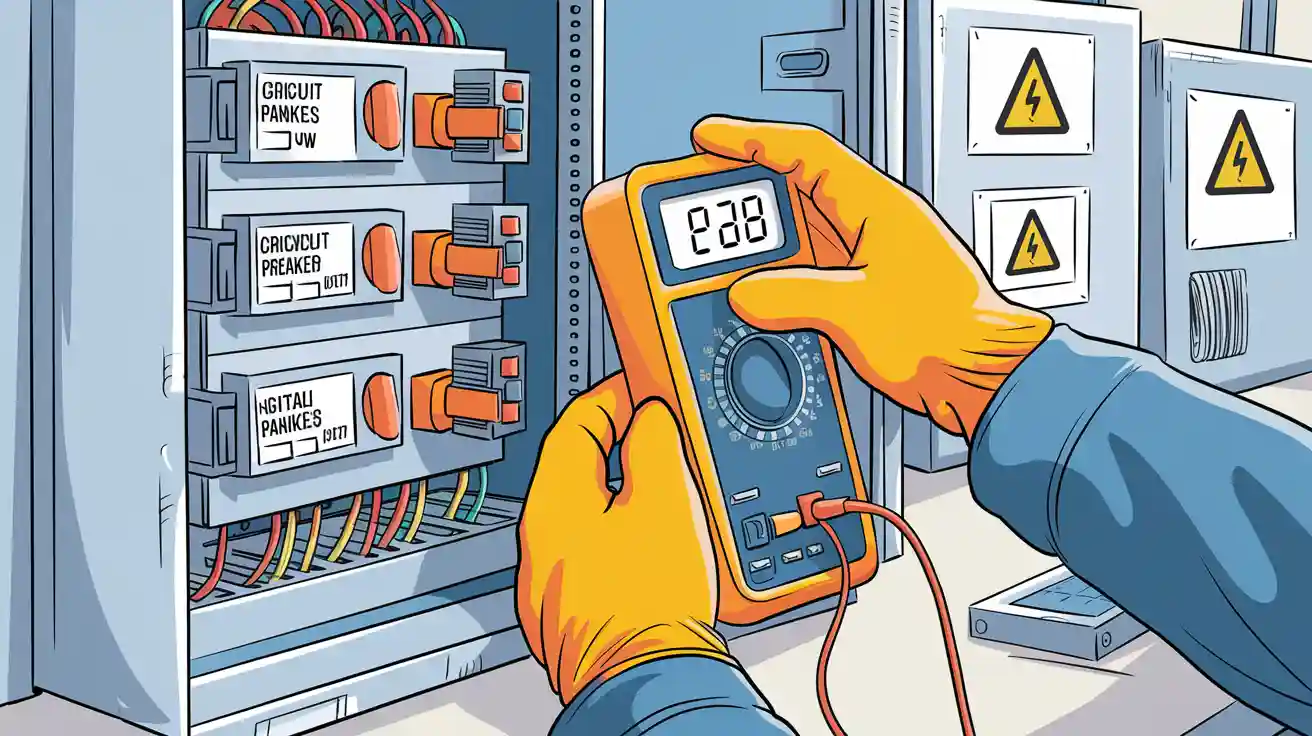Mastering Electrical Safety: How to Test a Circuit Breaker
Understanding the Importance of Circuit Breakers
Circuit breakers are essential components in any electrical system, designed to protect circuits from overloads and short circuits. They prevent electrical fires and protect appliances by interrupting the flow of electricity when an abnormal condition is detected. Understanding how to test a circuit breaker is crucial for anyone responsible for home or industrial electrical systems. A malfunctioning breaker can leave you exposed to electrical hazards, so regular testing ensures safety and reliability.
Tools Required for Testing a Circuit Breaker
Before attempting to test a circuit breaker, you need the right tools. The most commonly used instruments are a multimeter or a voltage tester. A multimeter allows you to measure voltage, resistance, and continuity, which are essential for checking whether the breaker is functioning correctly. Safety equipment such as insulated gloves and protective eyewear should always be used to prevent accidental electric shock. Additionally, it is helpful to have a circuit breaker tester for more advanced testing in commercial or industrial settings.

Visual Inspection Before Testing
The first step in learning how to test a circuit breaker is performing a visual inspection. Look for obvious signs of damage, such as burn marks, corrosion, or loose connections. A breaker that appears damaged should not be tested under load as it could be hazardous. Ensure the breaker is properly seated in the panel and all screws and connections are tight. This preliminary inspection often reveals minor issues that can be fixed without in-depth testing, but it is only the first step in verifying functionality.
Testing for Continuity
Testing for continuity is one of the most direct ways to see if a breaker is working. To test a circuit breaker for continuity, first, ensure the breaker is switched off and the power supply to the panel is turned off. Set the multimeter to the continuity setting and place the probes on the terminals of the breaker. If the multimeter beeps or shows a low resistance reading, the circuit is continuous and the breaker can pass electricity under normal conditions. If there is no continuity, the breaker is faulty and should be replaced immediately.
Measuring Voltage
Another essential step in how to test a circuit breaker is measuring voltage. Turn the breaker on and use a multimeter to measure the voltage at the output terminal. A properly functioning breaker will allow full voltage to pass through. Any significant drop in voltage indicates a problem, suggesting the breaker may be worn out or internally damaged. Always ensure that the multimeter probes make solid contact with the terminals and never touch the metal parts with bare hands.
Using a Circuit Breaker Tester
For more advanced testing, a circuit breaker tester can simulate an overload condition to see if the breaker trips correctly. This type of test is especially useful in industrial settings where breakers protect large, high-current circuits. Follow the manufacturer’s instructions carefully when using this equipment. The test allows you to confirm that the breaker responds as it should under abnormal conditions without actually putting your system at risk.
Regular Maintenance Tips
Knowing how to test a circuit breaker is not just about occasional checks. Regular maintenance is key to long-term electrical safety. Check breakers periodically, especially those that protect critical equipment or frequently used circuits. Keep panels clean and dry, tighten all connections, and replace any breaker that shows signs of wear or irregular operation. Preventive maintenance can significantly reduce the risk of electrical hazards and costly downtime.
When to Call a Professional
While testing breakers can be done safely by knowledgeable individuals, certain situations require professional intervention. If a breaker repeatedly trips without an apparent cause, or if testing reveals inconsistent voltage or continuity readings, a licensed electrician should be contacted. Professionals have the training and tools to diagnose deeper issues in your electrical system, ensuring safety and compliance with local electrical codes.
Conclusion
Learning how to test a circuit breaker is a fundamental skill for maintaining electrical safety in homes and workplaces. From visual inspection to continuity and voltage testing, the process ensures that breakers will operate correctly when needed. Regular maintenance and professional assistance when necessary can prevent electrical failures and protect both people and property. By understanding the proper steps and using the right tools, anyone can keep their electrical system reliable and safe.
Follow Us On Twitter For More Information:
